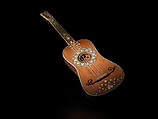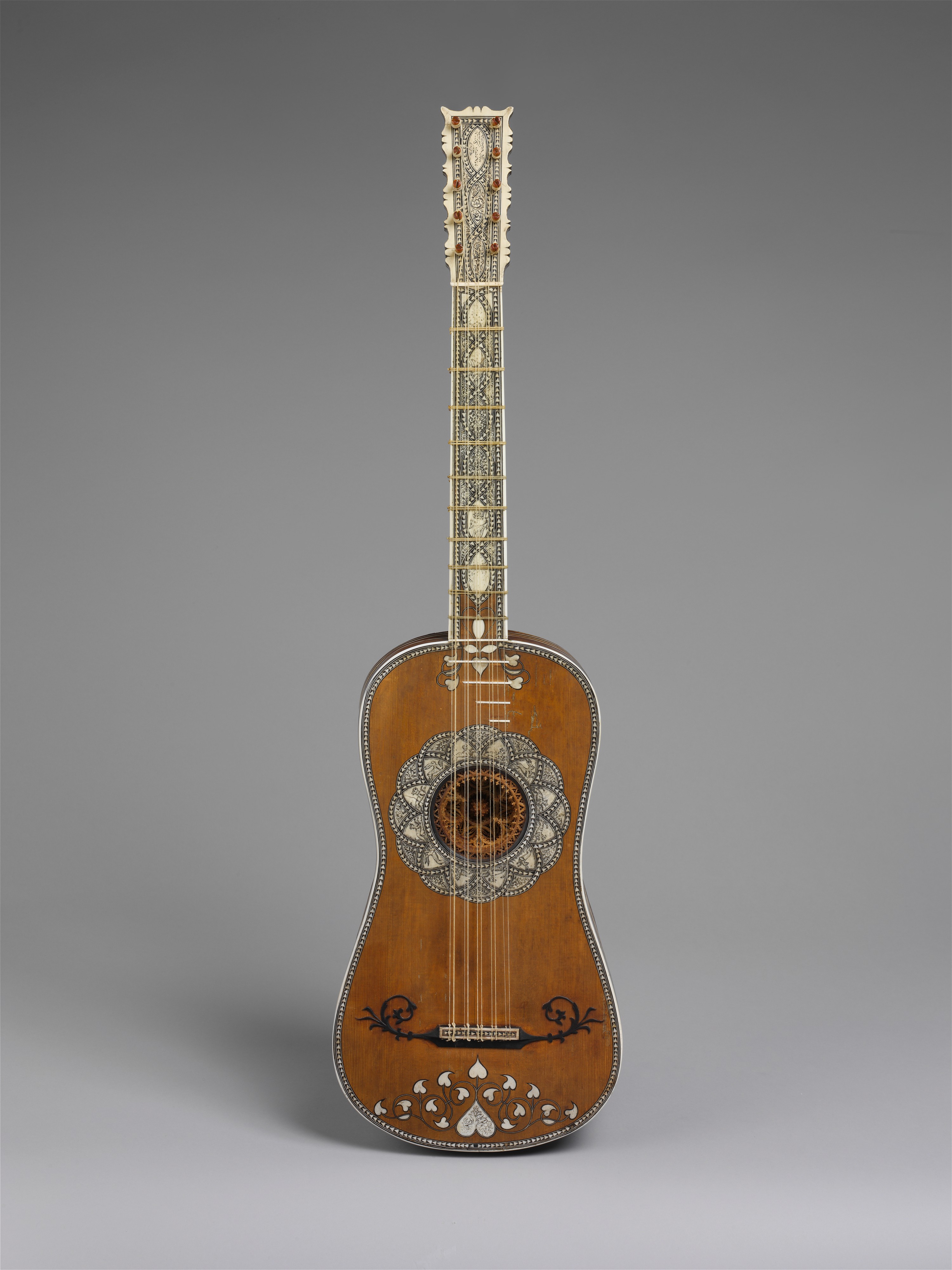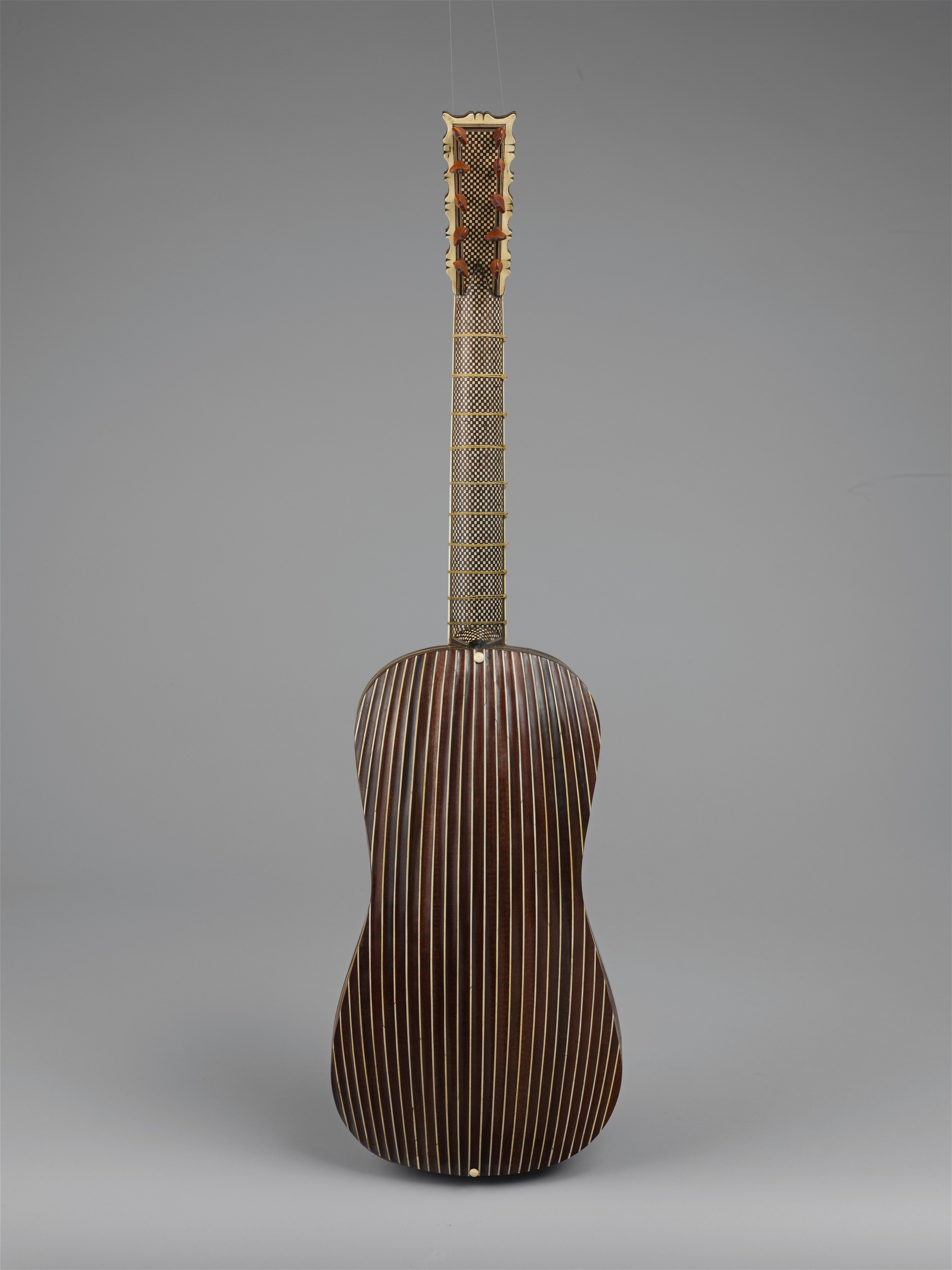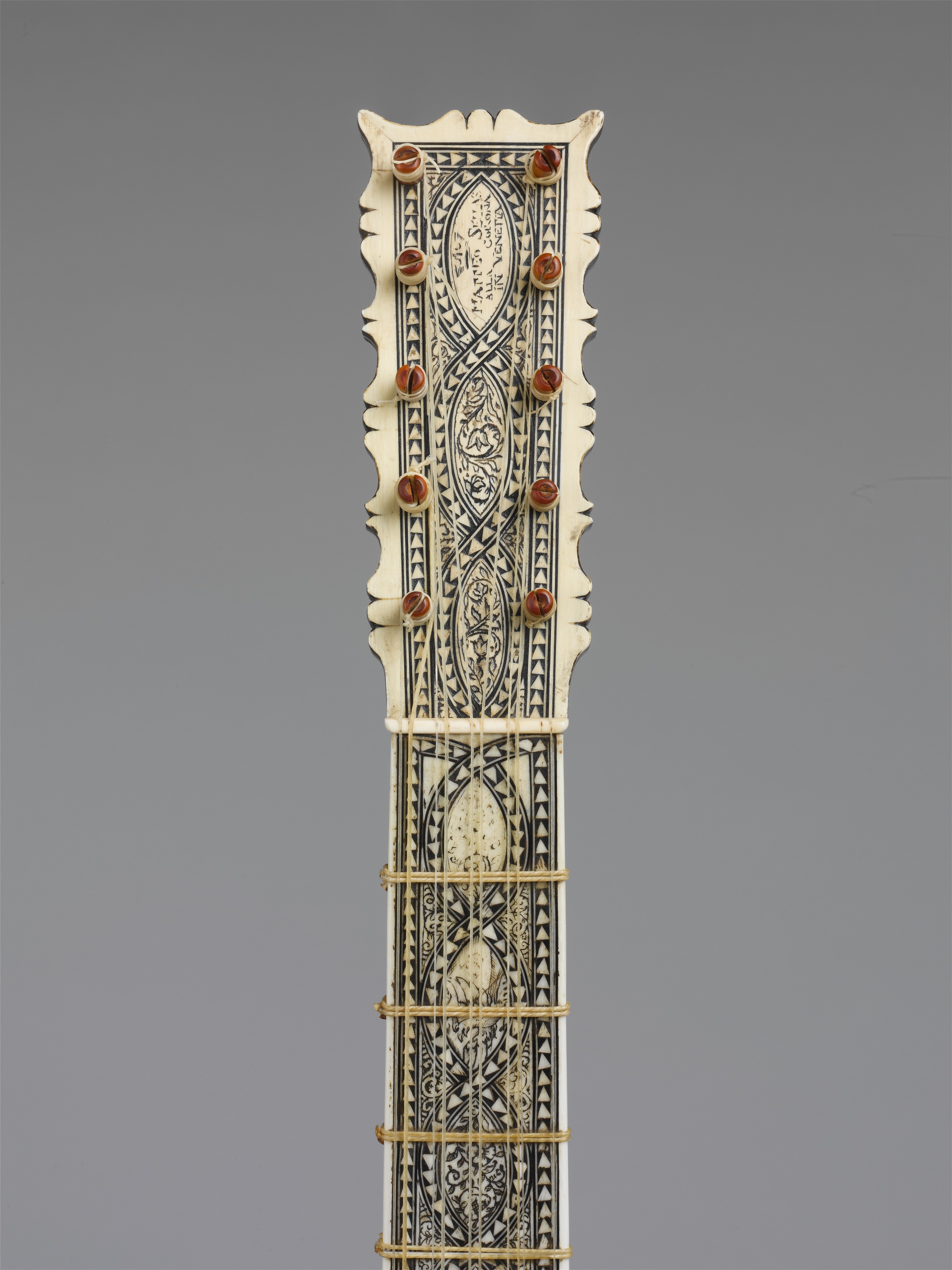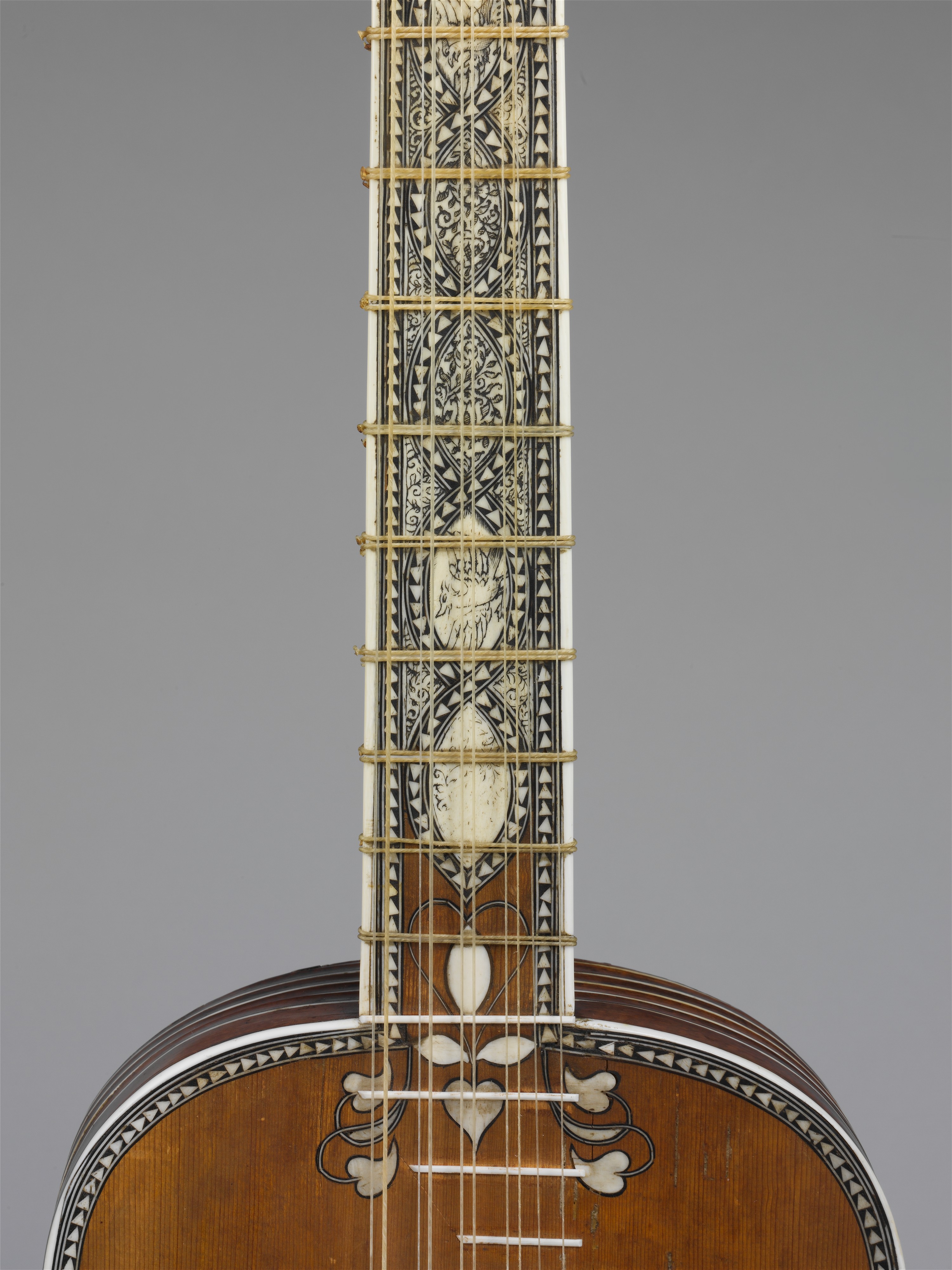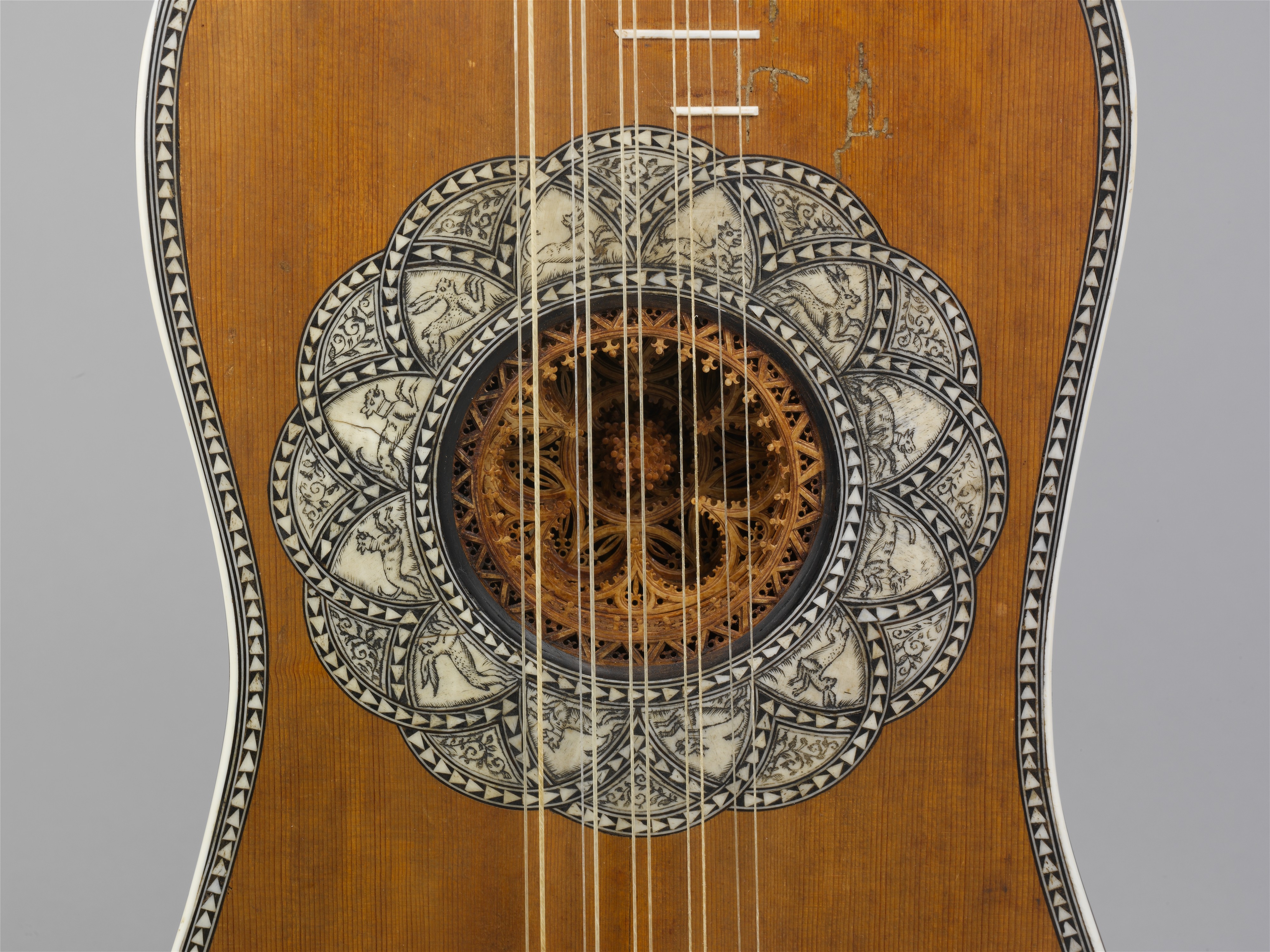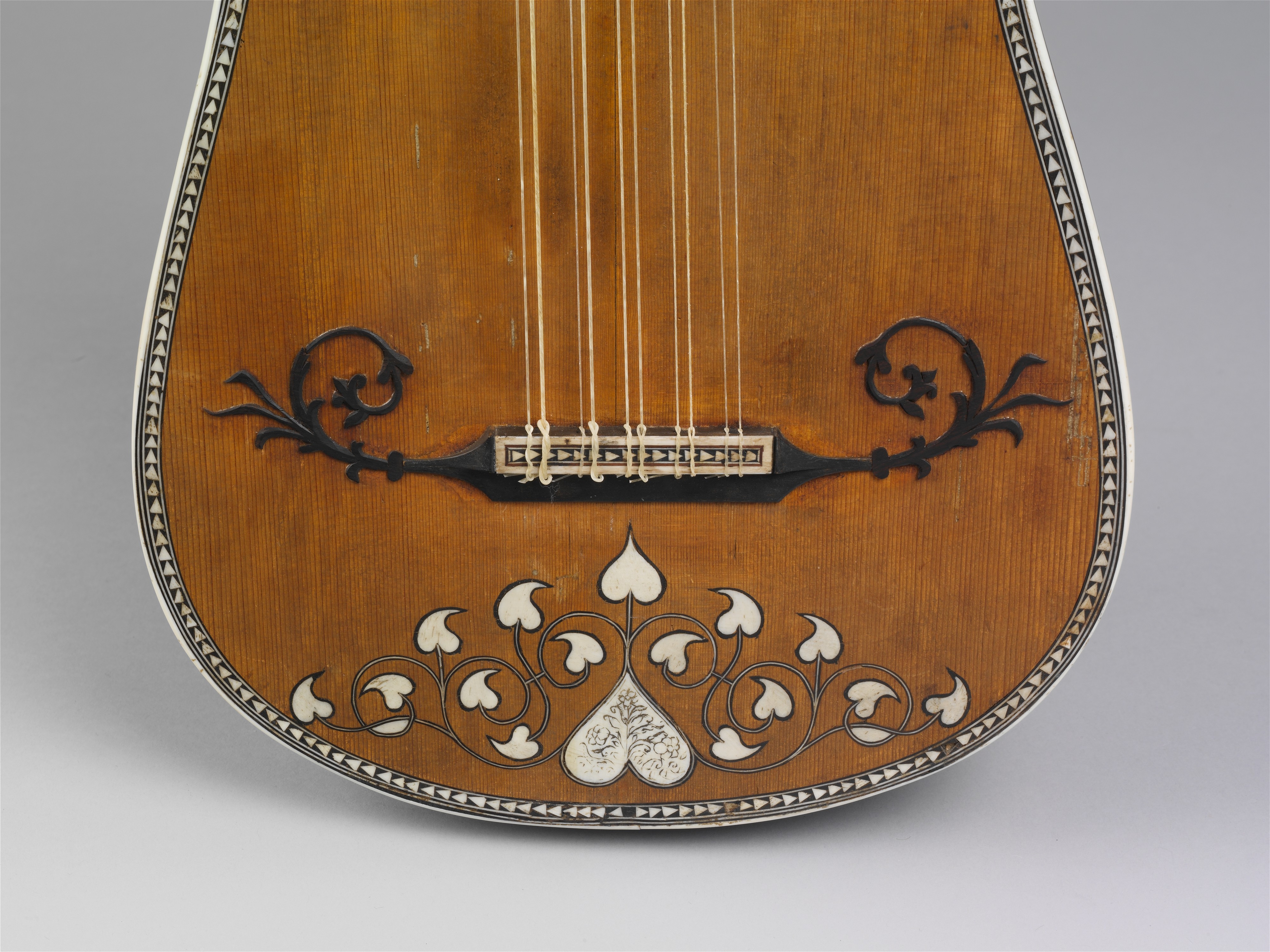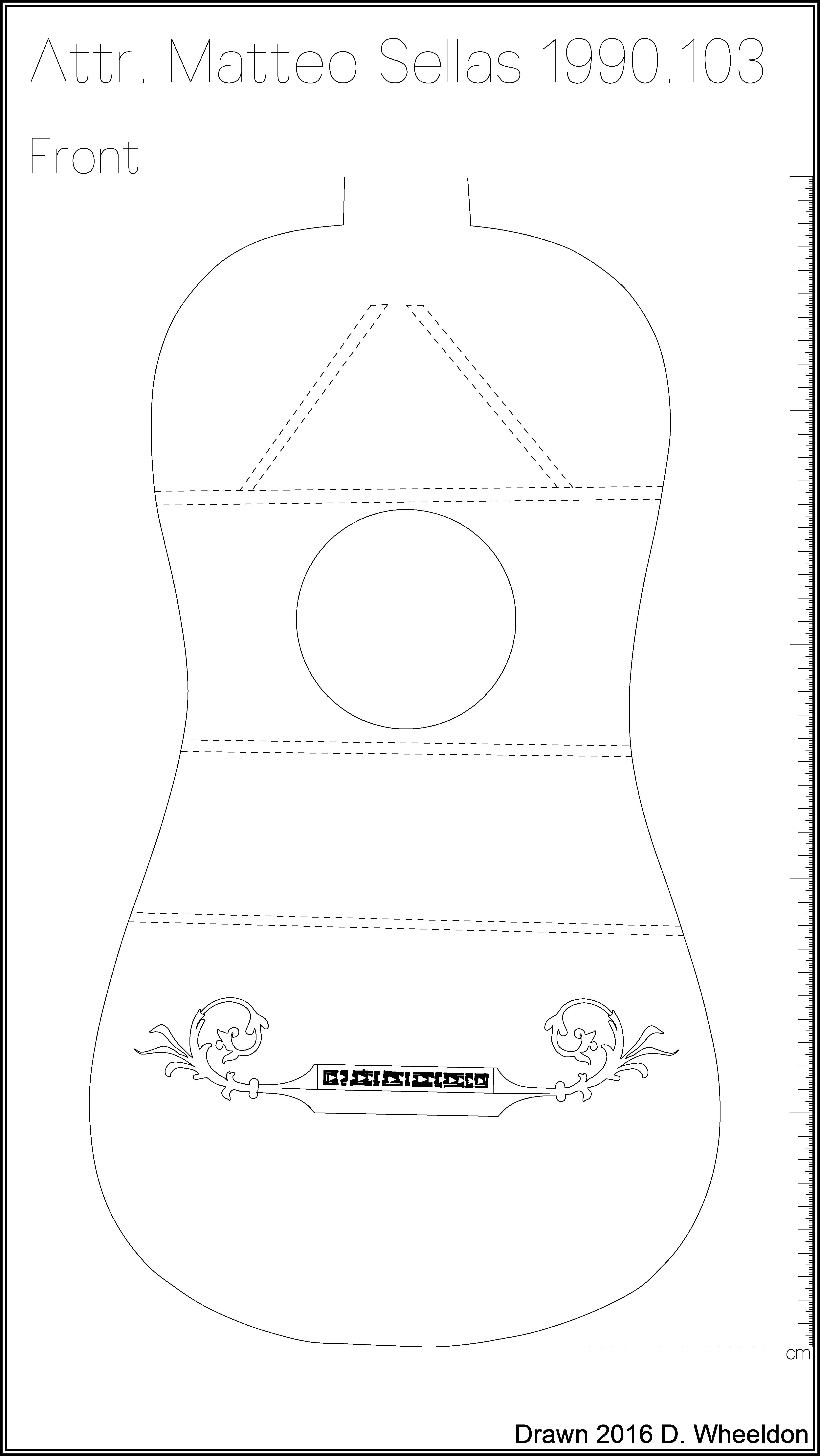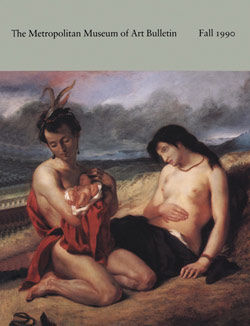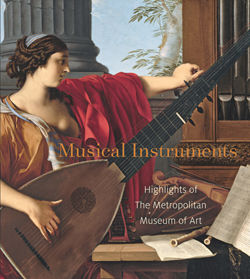Guitar
Attributed to Matteo Sellas German (active Italy)
During the 17th century, amateurs in Italy, Spain, and southern France used the guitar to accompany songs and arias or to play solo pieces. In Italy, Venice was the guitar-manufacturing center and Matteo Sellas its most eminent luthier. The style of the instrument with scalloped snakewood ribs, bone striping and fanciful arabesques are hallmarks of the Venetian tradition of lute and guitar making. Engraved bone plaques, geometric bone and snakewood inlays further enrich the beauty of this restored guitar. Between the end of the 16th and the end of the 18th century, guitars had five double courses of gut strings, a decorative parchment rose placed in the sound hole, and a back that was often vaulted instead of flat. As musical taste changed during the second half of the 18th century many old guitars were refitted to adjust to contemporary taste. The rose, bridge and pegblock of this instrument were removed and five single strings were added. Prior to its arrival at the Metropolitan Museum the old fittings were reintroduced.
Due to rights restrictions, this image cannot be enlarged, viewed at full screen, or downloaded.
This artwork is meant to be viewed from right to left. Scroll left to view more.
